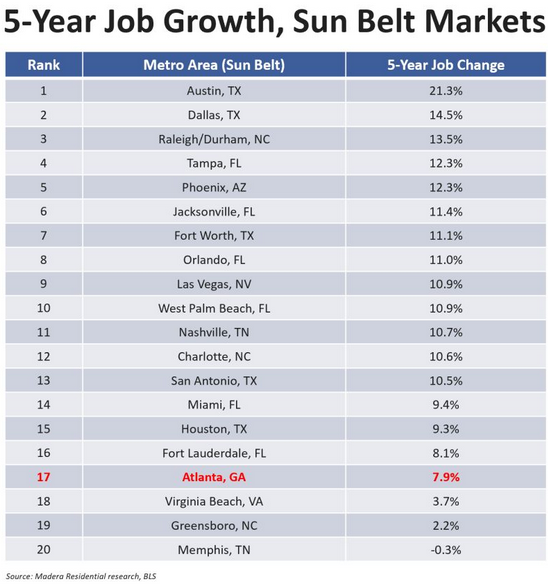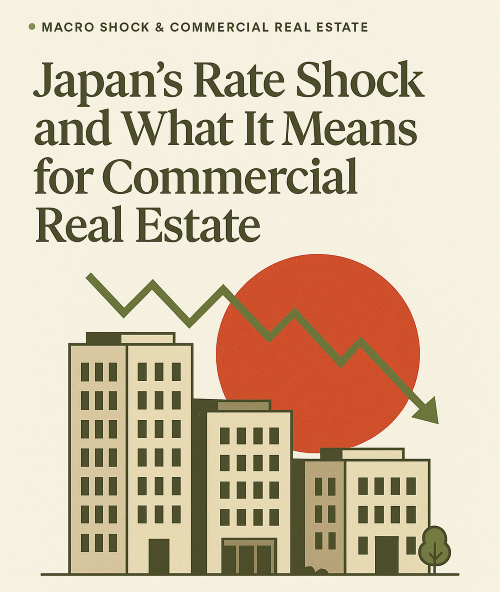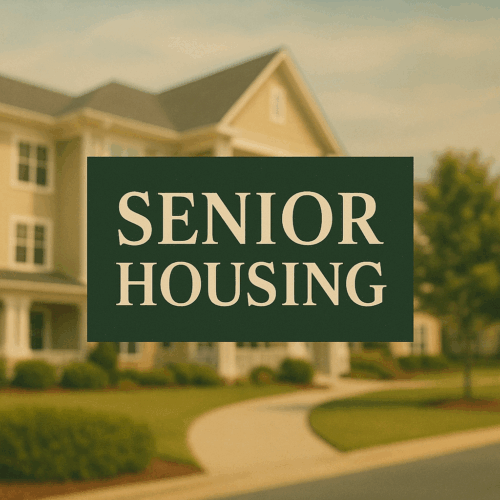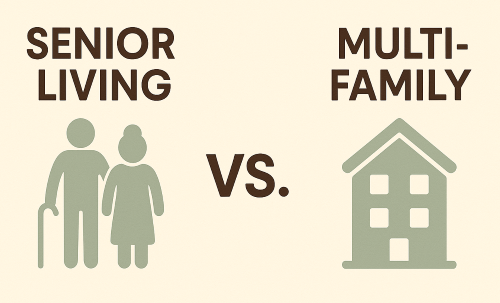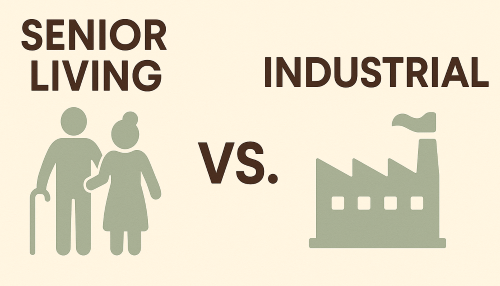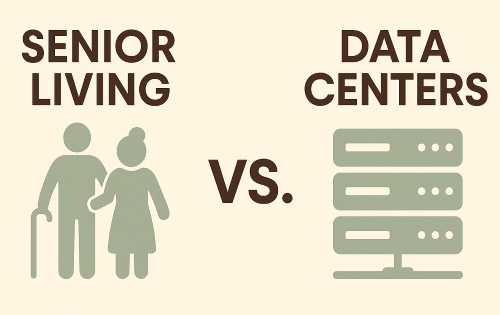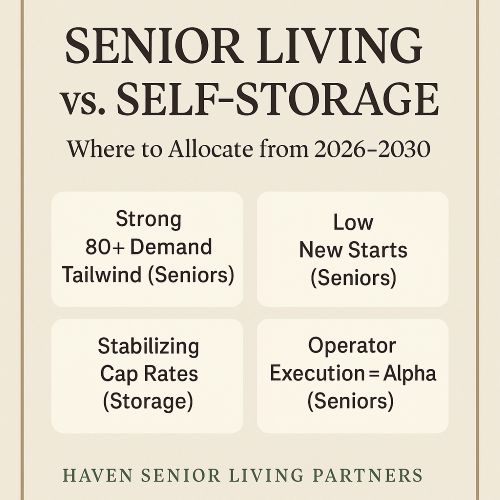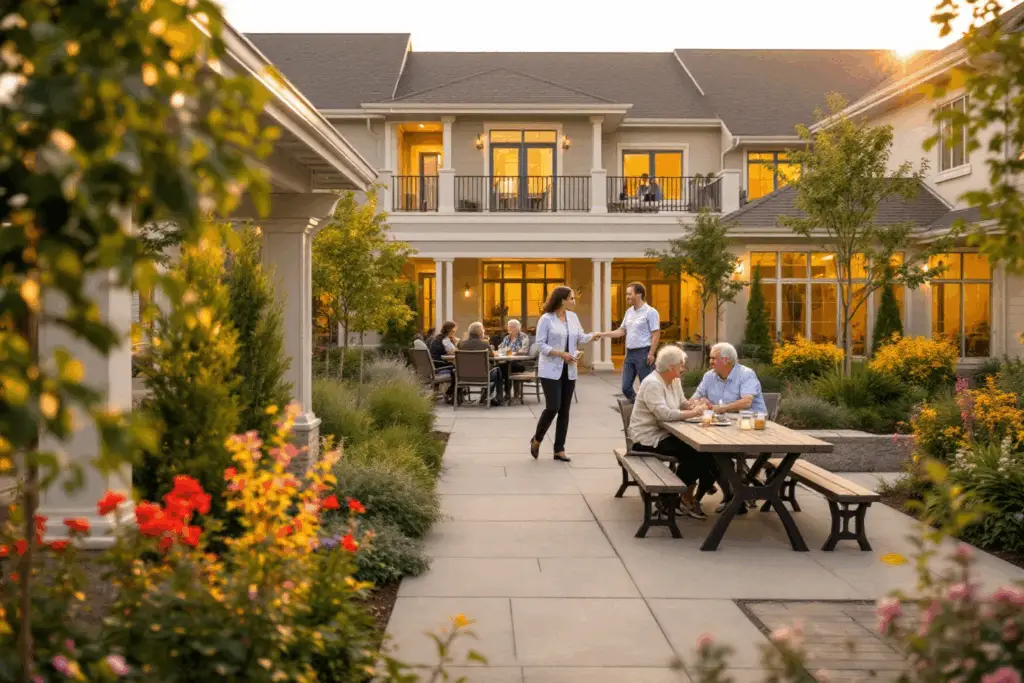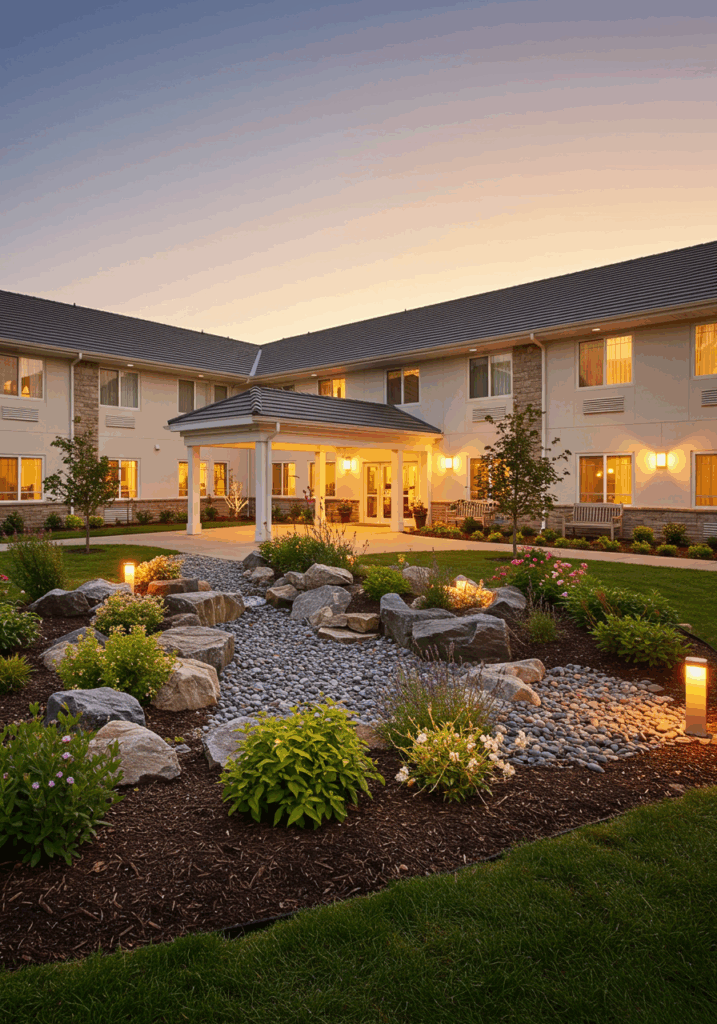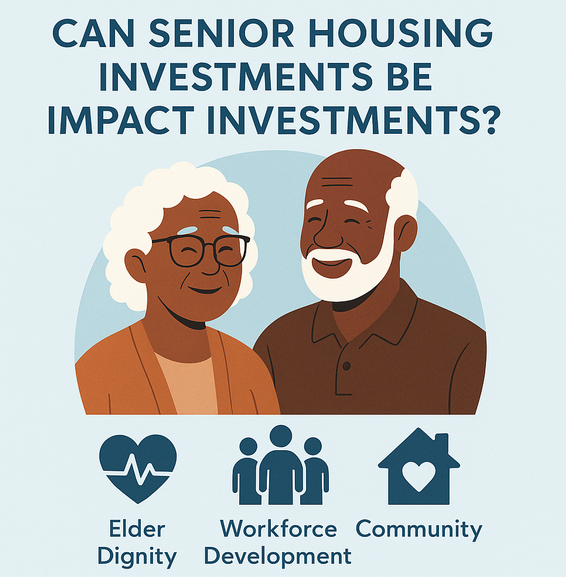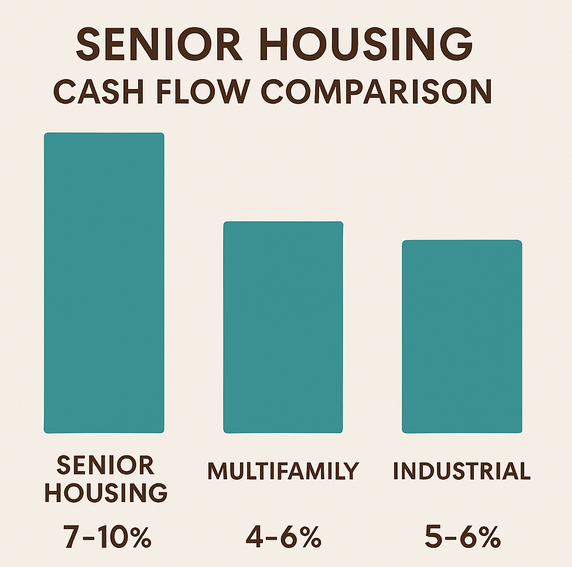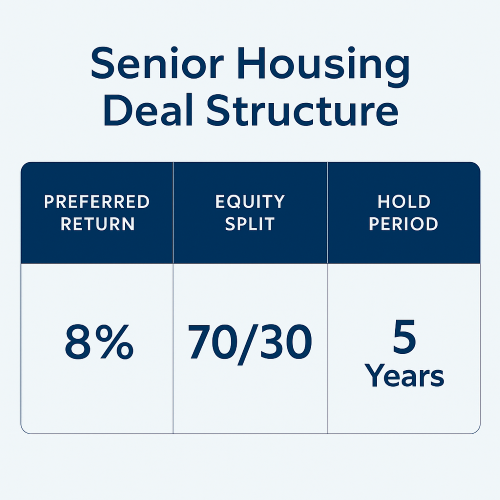The Sun Belt continues to shine as a hub for job growth, with metro areas like Austin (+21.3%), Dallas (+14.5%), and Raleigh/Durham (+13.5%) leading the way over the past five years. This rapid economic and population expansion creates a ripple effect, driving the demand for housing, services, and amenities across all demographics—including seniors.
As more working professionals flock to these thriving regions, they bring families and aging parents, amplifying the need for senior living communities that provide care and convenience. The following dynamics come into play:
1. Population Growth in High-Growth Markets:
Markets with strong job growth—like Tampa (+12.3%) and Phoenix (+12.3%)—are magnets for migration. Seniors often follow their families, creating demand for independent living, assisted living, and memory care communities.
2. Support for Caregiving Needs:
Many working-age individuals in these regions are part of the “sandwich generation,” balancing work while caring for elderly parents. Proximity to quality senior housing eases the caregiving burden.
3. Economic Viability for Development:
Robust job markets signal a healthy economy, attracting developers and investors eager to capitalize on the need for modern senior living options in these fast-growing cities.
While some markets, like Atlanta (+7.9%), are growing at a slower pace compared to others, they still represent significant opportunities for senior housing investments due to the sheer scale of their economic ecosystems.
What’s Next?
Developers and operators must act strategically, balancing high-growth opportunities with thoughtful design and community integration to meet the unique needs of an aging population.
We’re excited to explore how these trends will shape the future of senior housing. What are your thoughts on the intersection of job growth and senior living? Let’s discuss!

